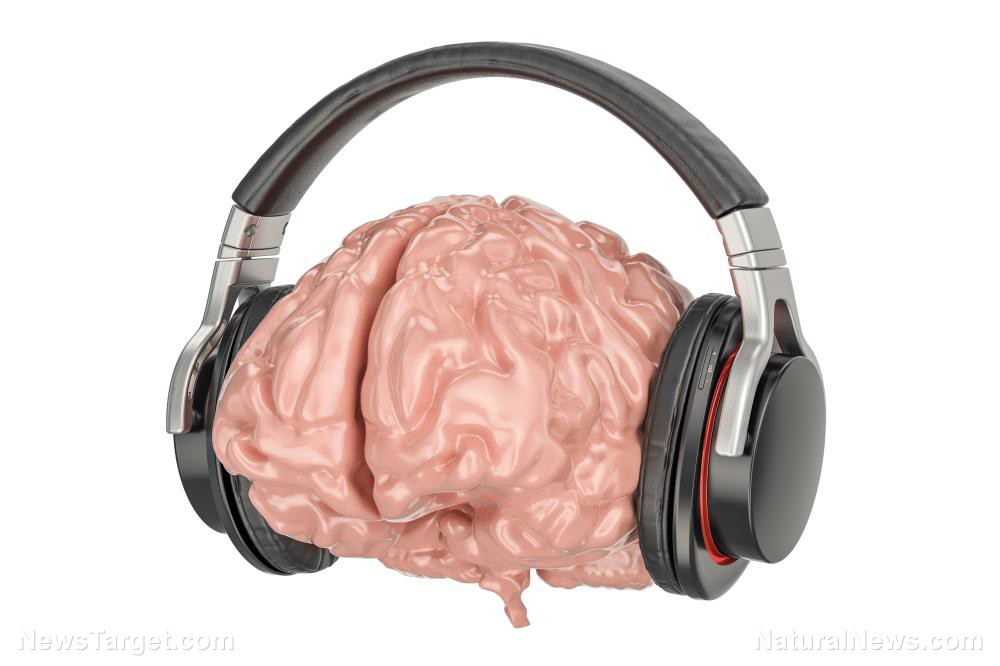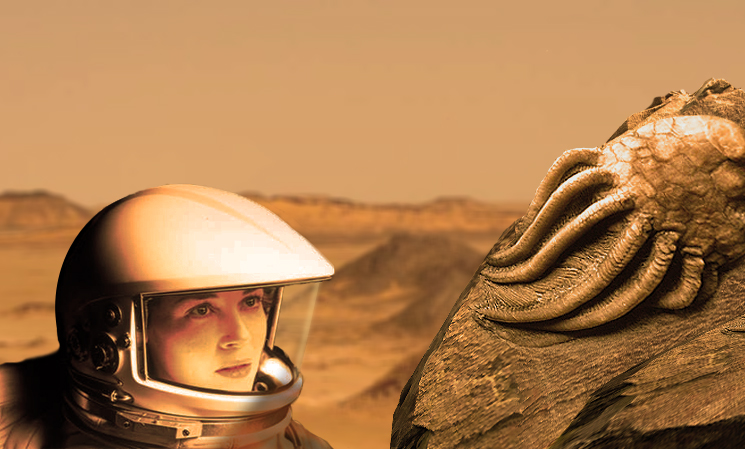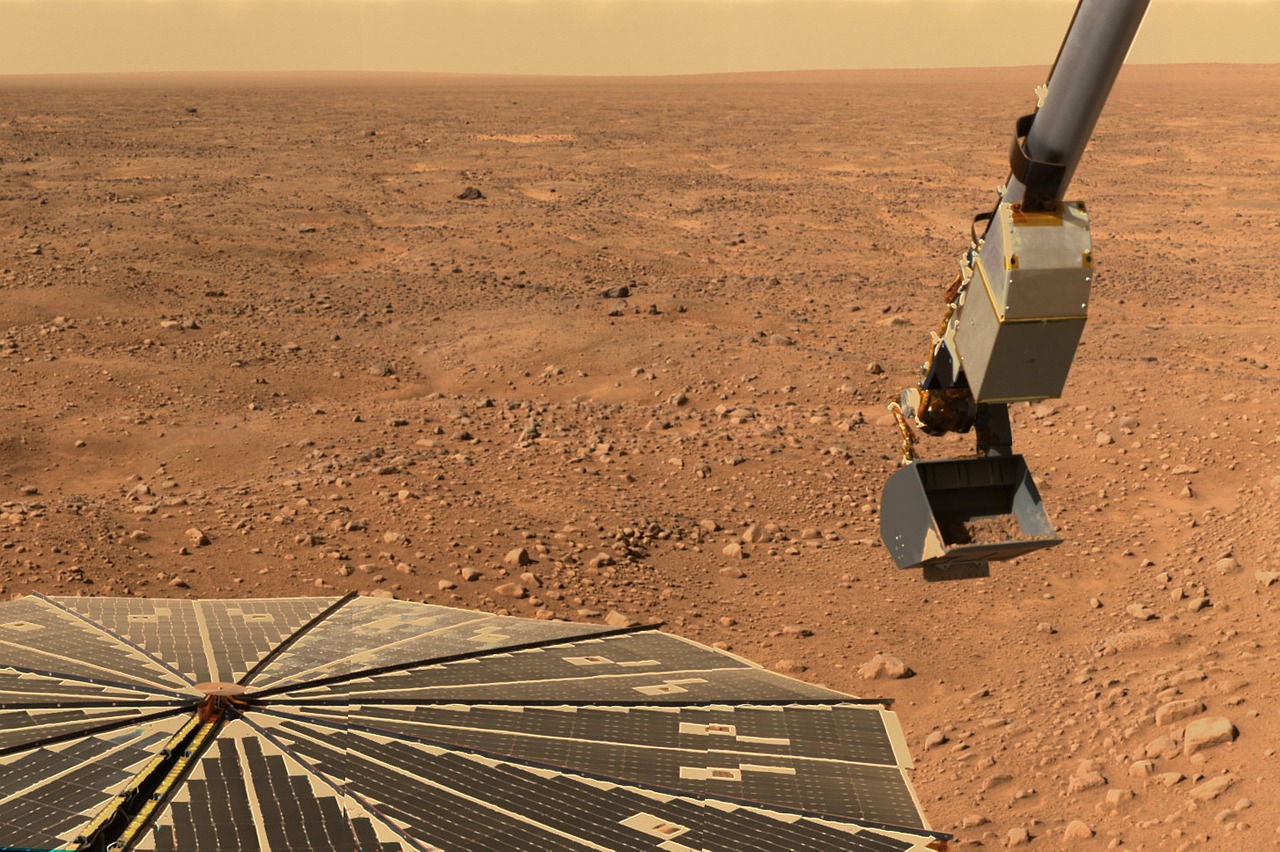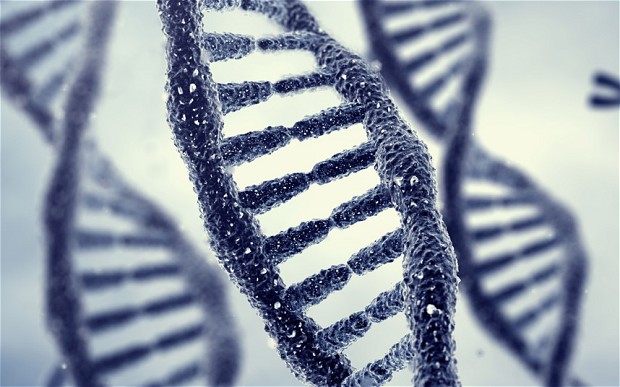Active music therapy increases brain activation
12/21/2018 / By Edsel Cook

A Japanese study evaluated the effect of active and passive participation in music therapy on the frontal lobe of the brain. In addition to demonstrating the relaxing effect of calm music, it determined that active music therapy appeared to trigger activity in the brain more often than merely listening to the music.
Tokai University provided support for this study, the findings of which came out in the scientific journal J-Stage.
- Twenty-two participants underwent exposure to calm music or exciting music. Furthermore, each individual either passively listened to the music, or actively participated in the song through clapping along with its rhythm.
- Researchers scanned the frontal lobe of the brains of the participants using topographic near-infrared spectroscopy (NIRS). They measured the levels of certain chemical compounds that are associated with brain activity.
- Listening to calm music led to considerable drops in oxygen-hemoglobin concentration in many channels of the brain. Soft music also caused the alpha-amylase, cortisol, and immunoglobulin A levels of participants to go down.
- Active participants who clapped their hands according to the rhythm of the music showed much higher levels of oxygen-hemoglobin in their brain channels. This became particularly clear after comparing their results with those from passive subjects who merely listened to the song.
- Soft music appears to decrease stress and improves relaxation. Meanwhile, active participation in a song results in greater brain activity.
The researchers concluded that active music therapy could be a potential means of improving a participant’s s capacities, mental state, and ability to cooperate with other people.
Check out more mind-blowing articles about the human brain at Brain.news.
Journal reference:
Ikeuchi M, Mori S, Jono H, Kutsuzawa T. RESEARCH ON THE FRONTAL LOBE ACTIVATION EFFECT OF MUSIC THERAPY ?EFFECT OF LISTENING MUSIC ON FRONTAL LOBE ACTIVATION BY USING NEAR-INFRARED SPECTROSCOPY?. Japanese Journal of Complementary and Alternative Medicine. 2018;15(2):91–101. DOI: 10.1625/jcam.15.91
Tagged Under: active music therapy, alternative treatment, brain function, brain health, music, music therapy



















